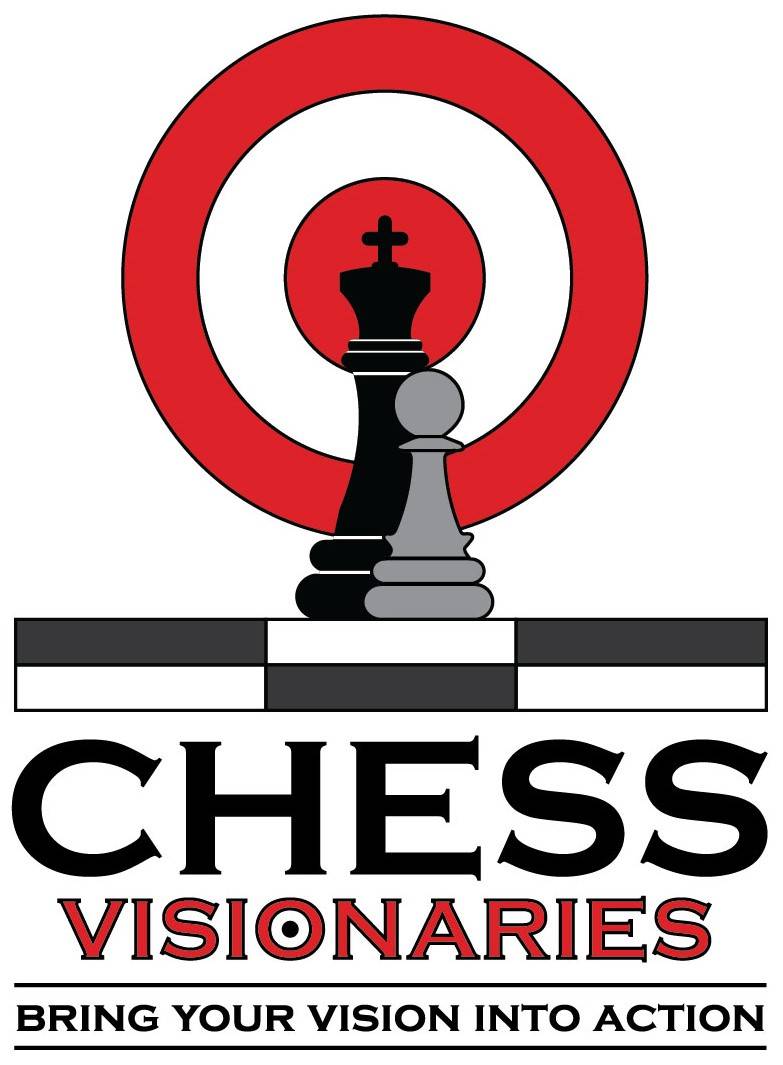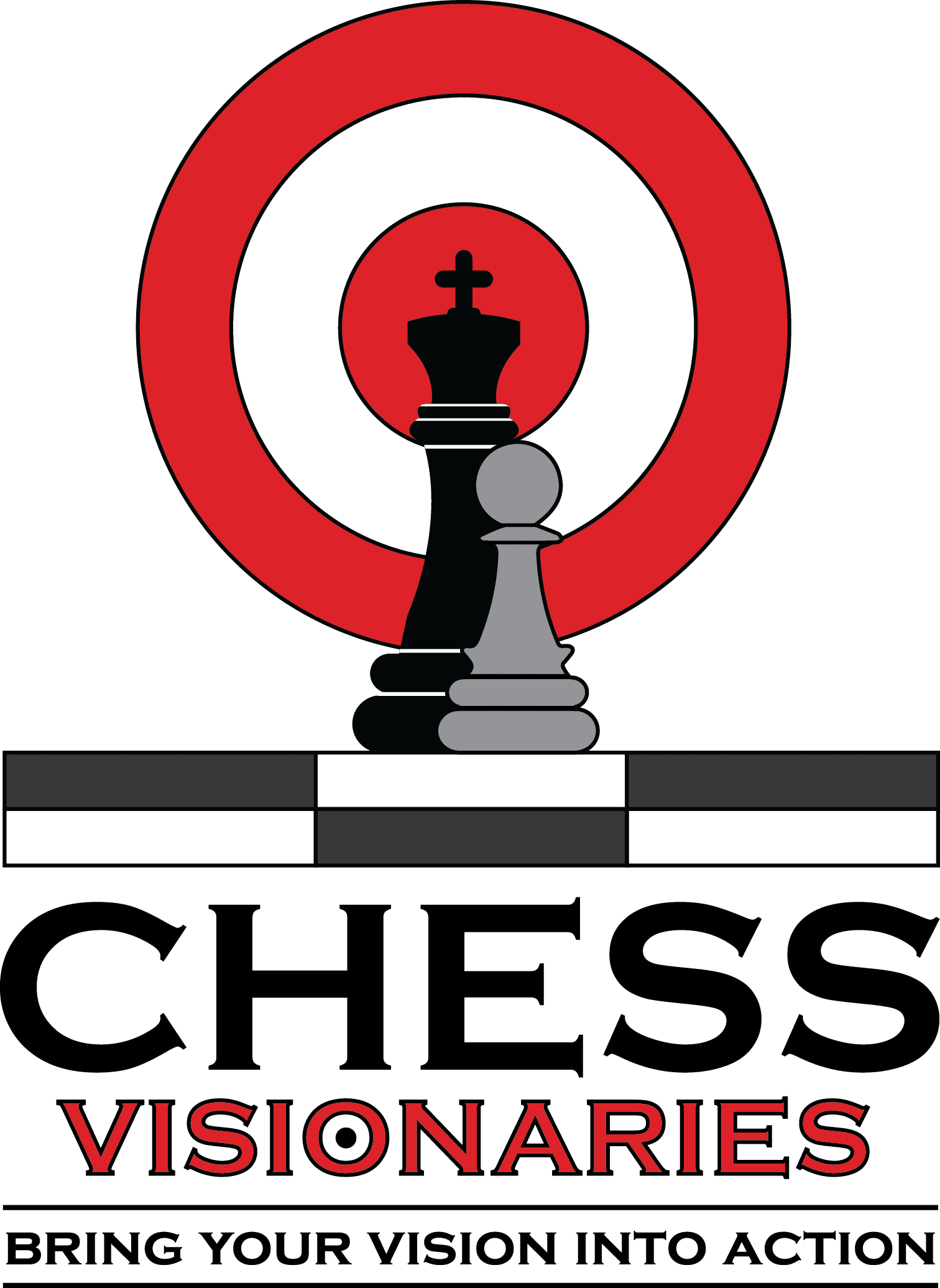BRING YOUR VISION INTO ACTION
The opening is over. The pieces are developed, and both sides have castled. You’ve reached the middlegame—the true heart of a chess game. Yet, for many players, this is where the clear path disappears, replaced by a bewildering maze of possibilities. How do you transition from the well-trodden paths of opening theory to creating a winning plan?
The most successful players aren’t just reacting; they are guided by a set of core strategic principles. This checklist is your guide, a framework to help you analyze any middlegame position and find your path forward, turning you from a passive player into a true chess visionary.
1. Break Open the Center
The center of the board is the engine room of the game. If you feel stuck, consider if the center is locked or if you have an opportunity to challenge it. By opening up the ‘e’ and ‘d’ files, you activate your rooks, give your bishops long-range diagonals, and gain space. A central break can be the key to unlocking your entire position and putting your opponent on the defensive.
2. Launch a Kingside Attack
The opponent’s king is the most important piece on the board, and often the most vulnerable after castling. When your pieces are well-coordinated and your opponent’s king has limited defenders, look for opportunities to initiate an attack. This is often achieved by advancing your pawns to disrupt their pawn shield, creating a clear line of sight for your major pieces to deliver a decisive blow.
3. Improve Your Pieces
Ask yourself: “Which of my pieces are doing the least?” The principle of piece improvement is a simple but profound idea. Look for opportunities to trade your inactive or poorly-placed pieces for your opponent’s more active ones. Relocate a knight from the back rank to a central square, or move a passive rook to a key file. Every move should, in some way, make your position better.
4. Control Open Lines with a Battery
An open file or a long diagonal is like a highway for your rooks, queens, and bishops. By creating a battery—lining up two or more pieces of the same type—you can exert immense pressure on a single point. Imagine two rooks on an open ‘d’ file or a queen and a bishop on a long diagonal, poised to strike. This positional pressure can often be more devastating than an immediate attack.
5. Find a Strong Outpost
A knight outpost is a dream for any positional player. This is a square deep in enemy territory that is protected by one of your pawns and cannot be easily attacked by the opponent’s pawns. A knight on an outpost becomes a central hub of power, restricting the opponent’s pieces and creating threats on all sides of the board.
6. Perform a Rook Lift
Your rooks are your most powerful pieces after the queen, but they can often be stuck behind a wall of pawns. A rook lift is a clever maneuver where you move a rook from the back rank to a third or fourth rank via a side file. This quickly and efficiently brings the rook into the heart of the action, where it can support a kingside attack or put pressure on the center.
7. Identify and Target Your Opponent’s Weaknesses
Every position has weaknesses. A backward pawn, an exposed king, or an unprotected piece—these are all targets. A key part of middlegame strategy is to actively scan your opponent’s position for these vulnerabilities. Once you spot one, build your entire plan around exploiting it.
8. Eliminate Your Own Weaknesses
Just as important as finding your opponent’s weaknesses is addressing your own. If you have a backward pawn, find a way to defend it or trade it off. If your king is exposed, look for ways to bring defenders to it or create a safer position. Proactive defense can prevent your opponent from ever getting their plans off the ground.
9. Restrict Your Opponent’s Pieces
A great strategy is to make your opponent’s pieces ineffective. This can be as simple as controlling key squares to prevent their knights from moving to a better position, or as complex as a pawn push that limits the scope of their bishop. By restricting the mobility of your opponent’s pieces, you can slowly suffocate their position and deny them any counterplay.
By internalizing this checklist, you’ll begin to see beyond the immediate threats and tactical possibilities. The middlegame won’t be a random collection of moves but a structured battle of ideas. Use these principles as your compass, and you will find your way through any maze the board presents.

